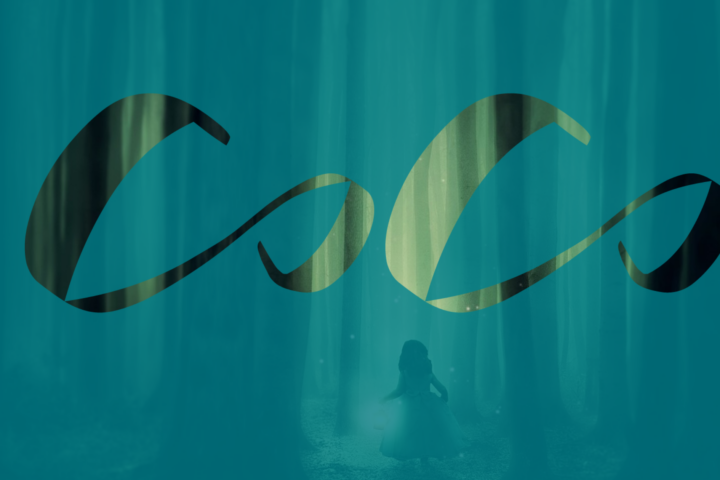Late last year I met Jo Macsween, the famous haggis pioneer and now chairs a Vistage peer advisory group for business owners and CEOS in Central Scotland.
As a new business owner, Jo’s decades of experience is invaluable to me. She has a canny knack of knowing when to introduce change to her business, and when she introduced me to the Second Curve the thoughts catapulting around my head collided and formed a plan. The model provided a rationale for my decisions, and I wanted to share that with you.
Since I met with Jo it’s been an interesting time for Commsbank. My thoughts have exploded into a new brand that brings together my communications skills to offer coaching, mentoring and team facilitation.
The Second Curve, by Charles Handy, takes a closer look at identifying opportunities ahead and is a combination of two s-curves as detailed in the diagram below. It’s important to notice that the second curve must start before the first curve peaks. The point in which I met with Jo was two years into my Commsbank journey at a time when the business was going well, but I was interested in learning more about coaching and mentoring, unsure of how these two things would fit together. The Second Curve encourages change when business is great and motivation is high, rather than in a decline stage when desperation and complacency might influence decision making.

Source: http://www.apdsp.org/defining-a-second-curve-when-business-is-great-it-s-time-to-/
Often, the second curve is not visible. Asking questions is the starting point of any kind of change, and this is where a trusted coaching relationship encourages us to think deeply to realise this, as Jo did for me.
Handy also introduces the concept of Golden Seeds: “in each one of us there exists a seed of possibility, and when we find this seed and nurture it, this seed can then lead to our personal fulfilment.” He goes on to list examples of how and when people have found their golden seeds and how they turned them into trees of achievements. One line that stands out in these examples is: “society as a whole has a responsibility to allow our seeds to grow.”
His sentiment is that not all seeds are alike. We all have different potentials and different types of intelligences. My eldest son is a brilliant footballer, whilst his younger brother is musical and artistic. I can’t have one yardstick to measure their success, or one approach to encourage their abilities. Likewise, some seeds may lie dormant and flourish later than others, reflected in those changing careers to pursue their dreams later in life. The similarity is the desire to progress and the willingness to change to achieve that. My recent blog ‘The trees are talking’ identifies that in nature the forest canopy relies on different sizes, ages and needs from its trees to flourish, echoed in Handy’s Golden Seeds.
Knowing when your business needs to adapt and change is important. Consider Kodak. My kids snap, filter and upload. My reality was to roll the film, take 30 shots in the hope that when I collected the envelope from Boots there was at one photograph that I liked. Then consider that Kodak had the patent for digital photography, but it failed to anticipate the second curve.
Everything has an expiry date, and keeping all your eggs in one basket might lead to a few rotten eggs. Understanding this life cycle will enable you to expect the maturity and decline stages of your product, service or your workforce’s abilities, and the second curve will help to plan your next step.




